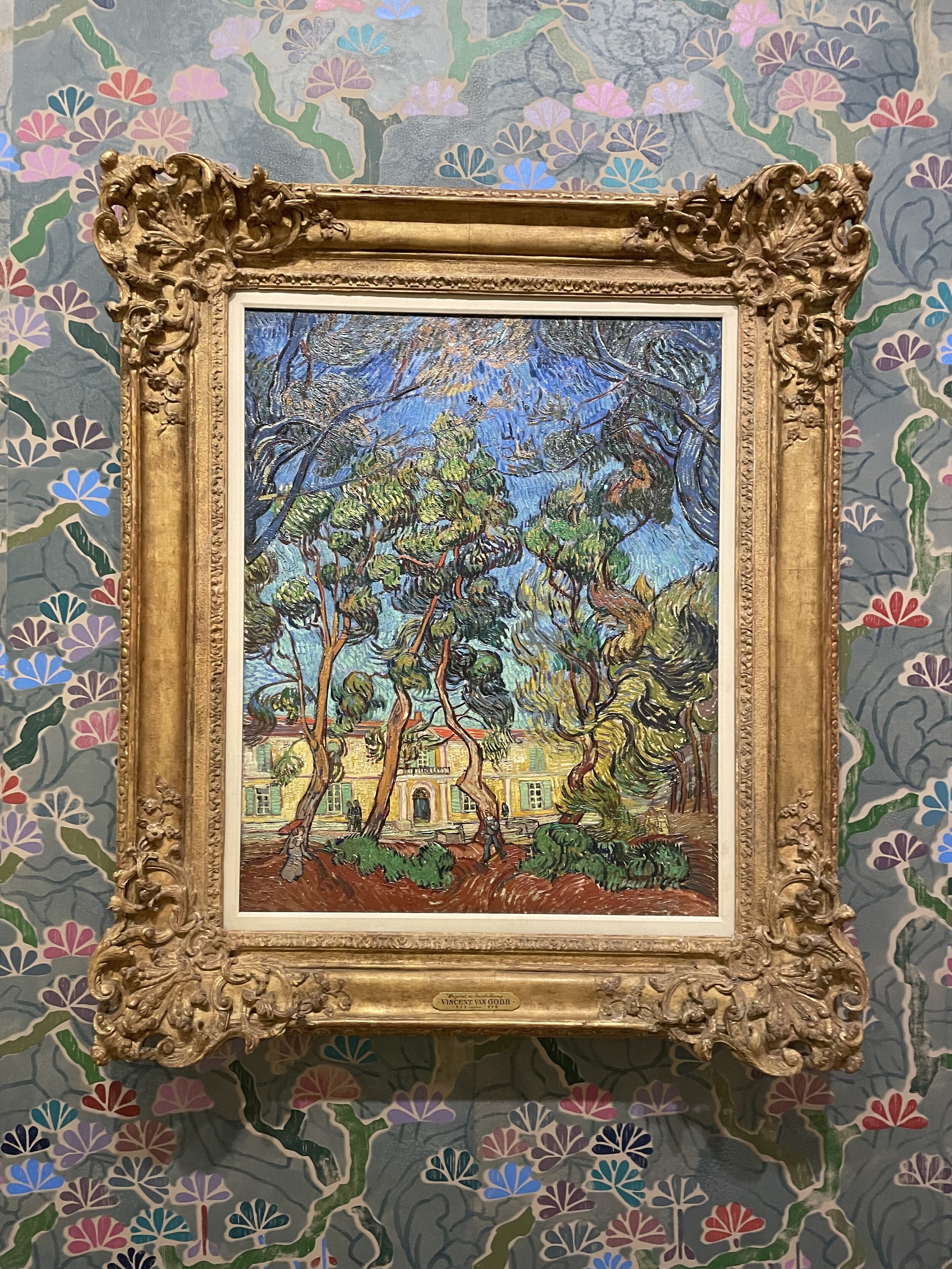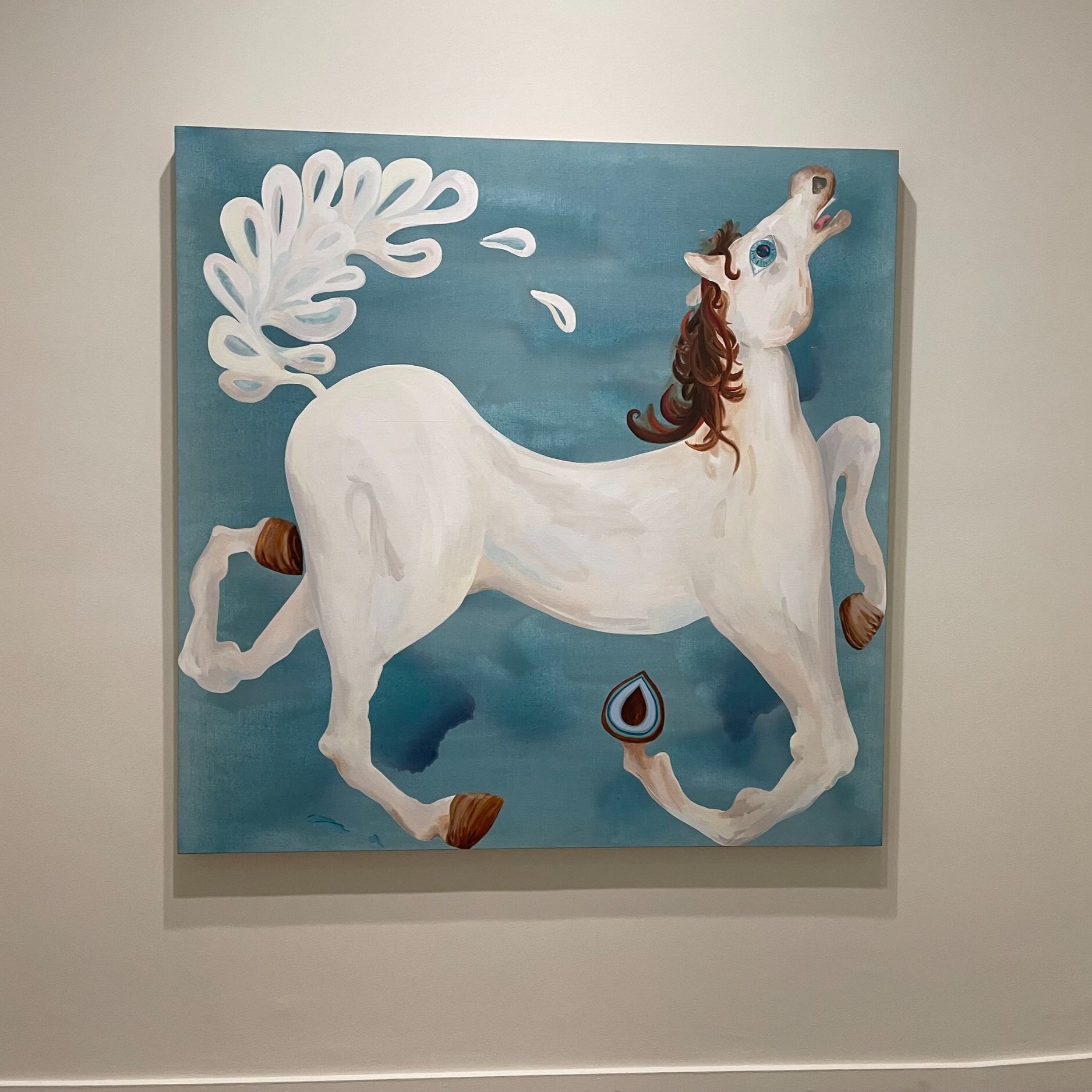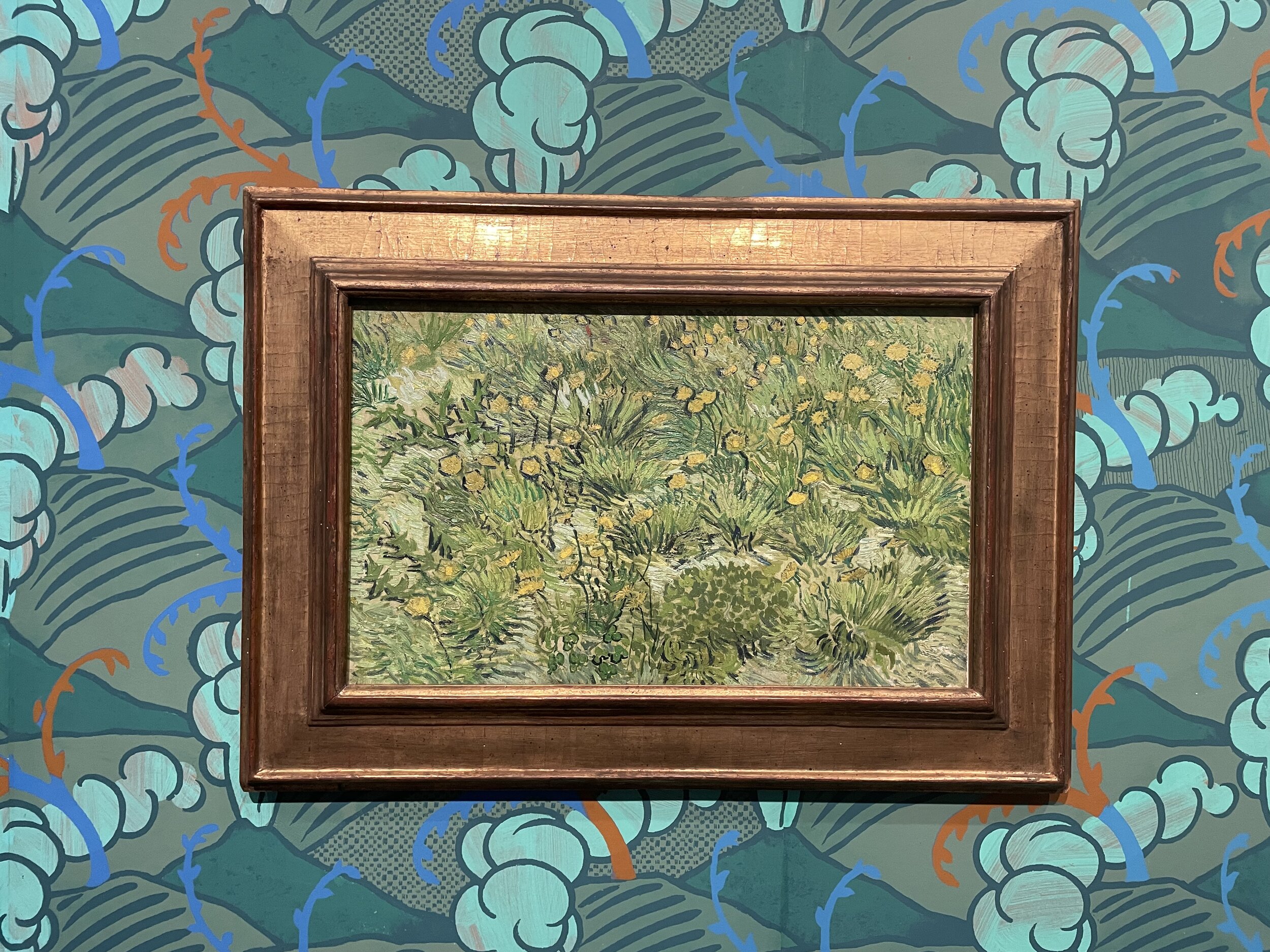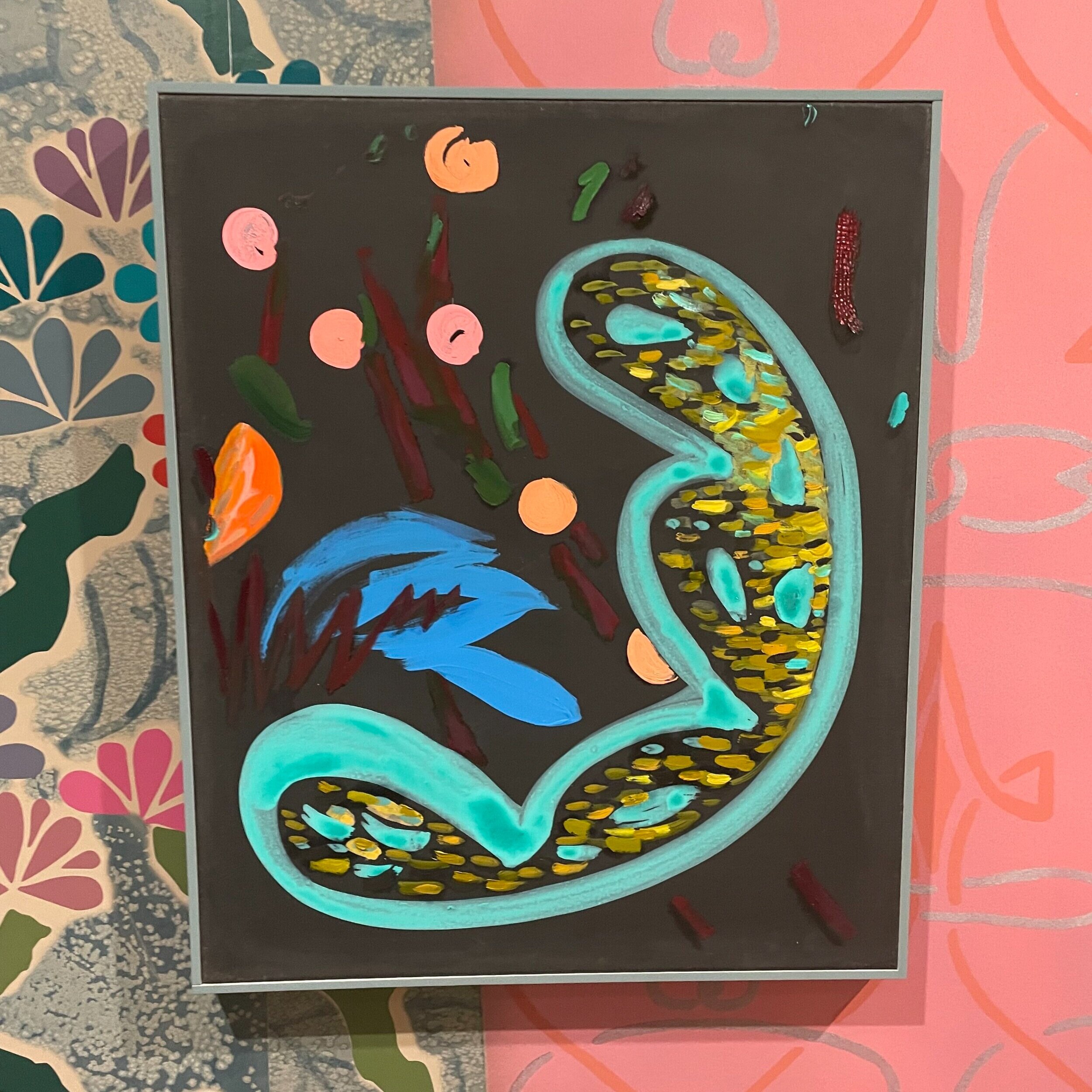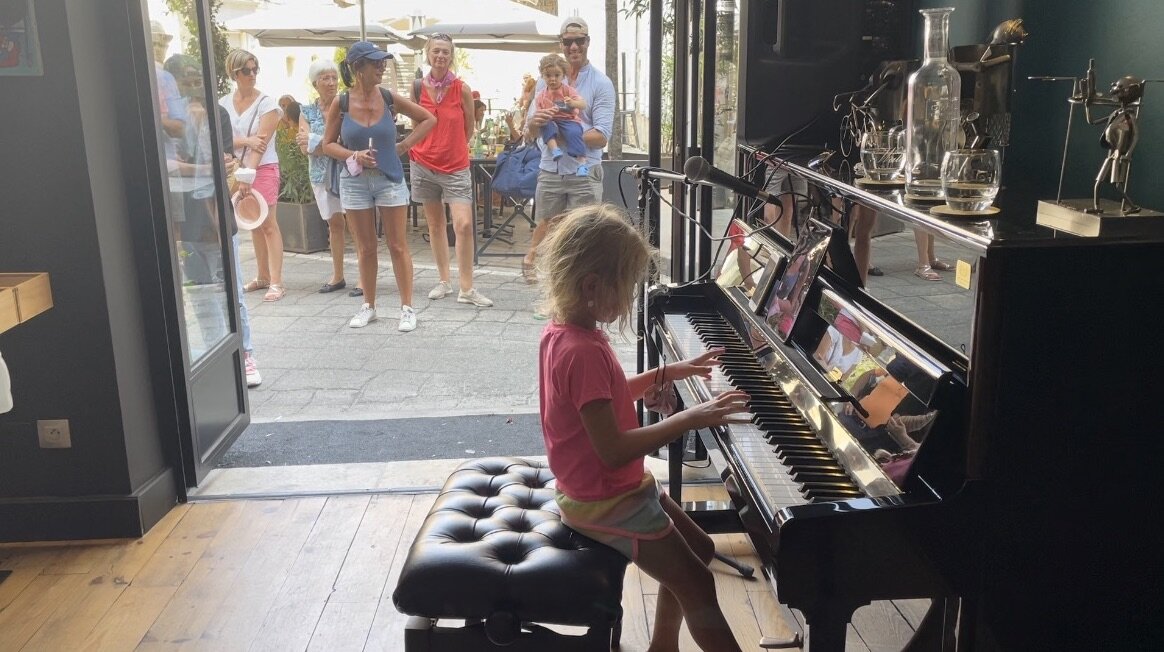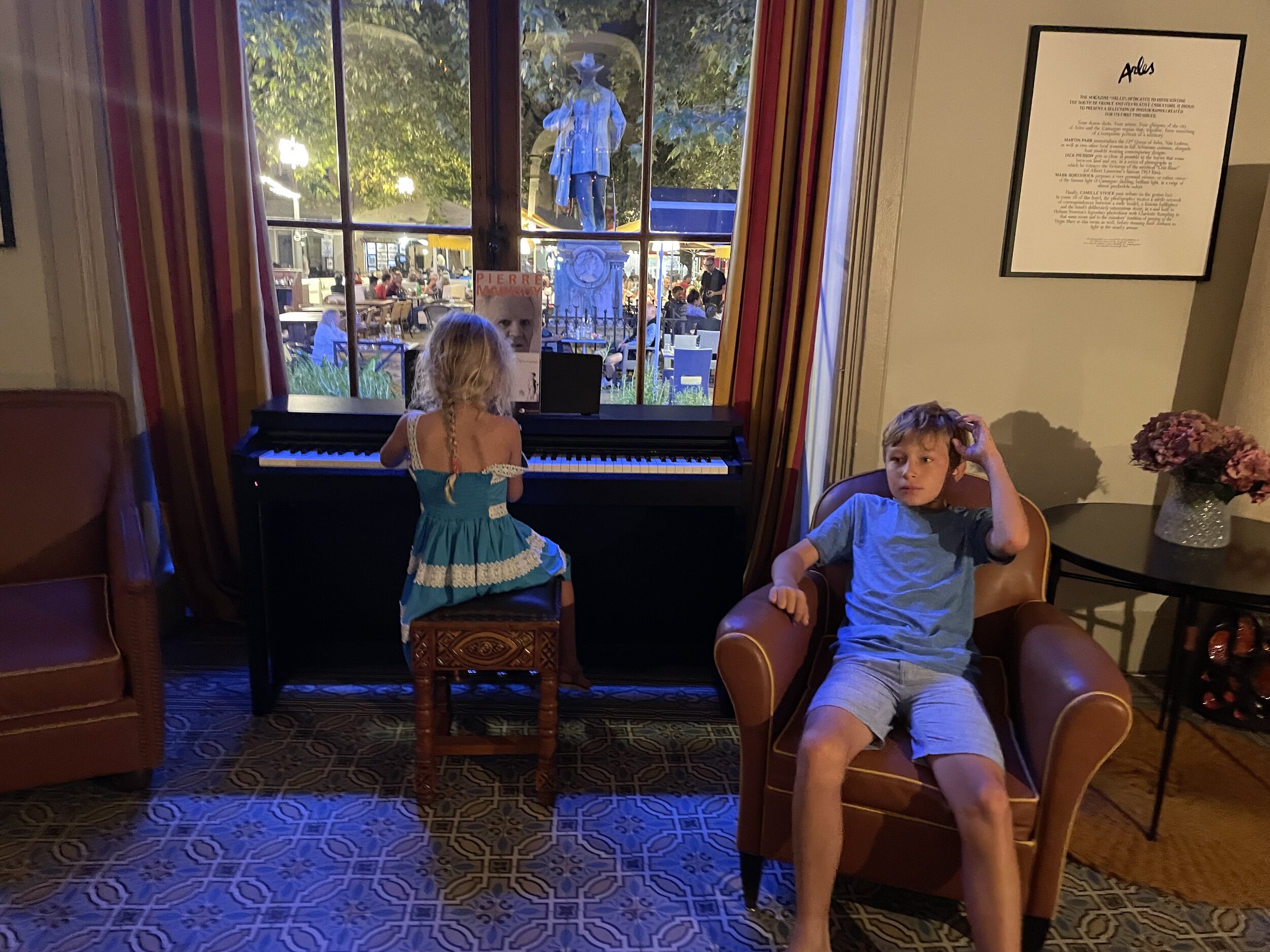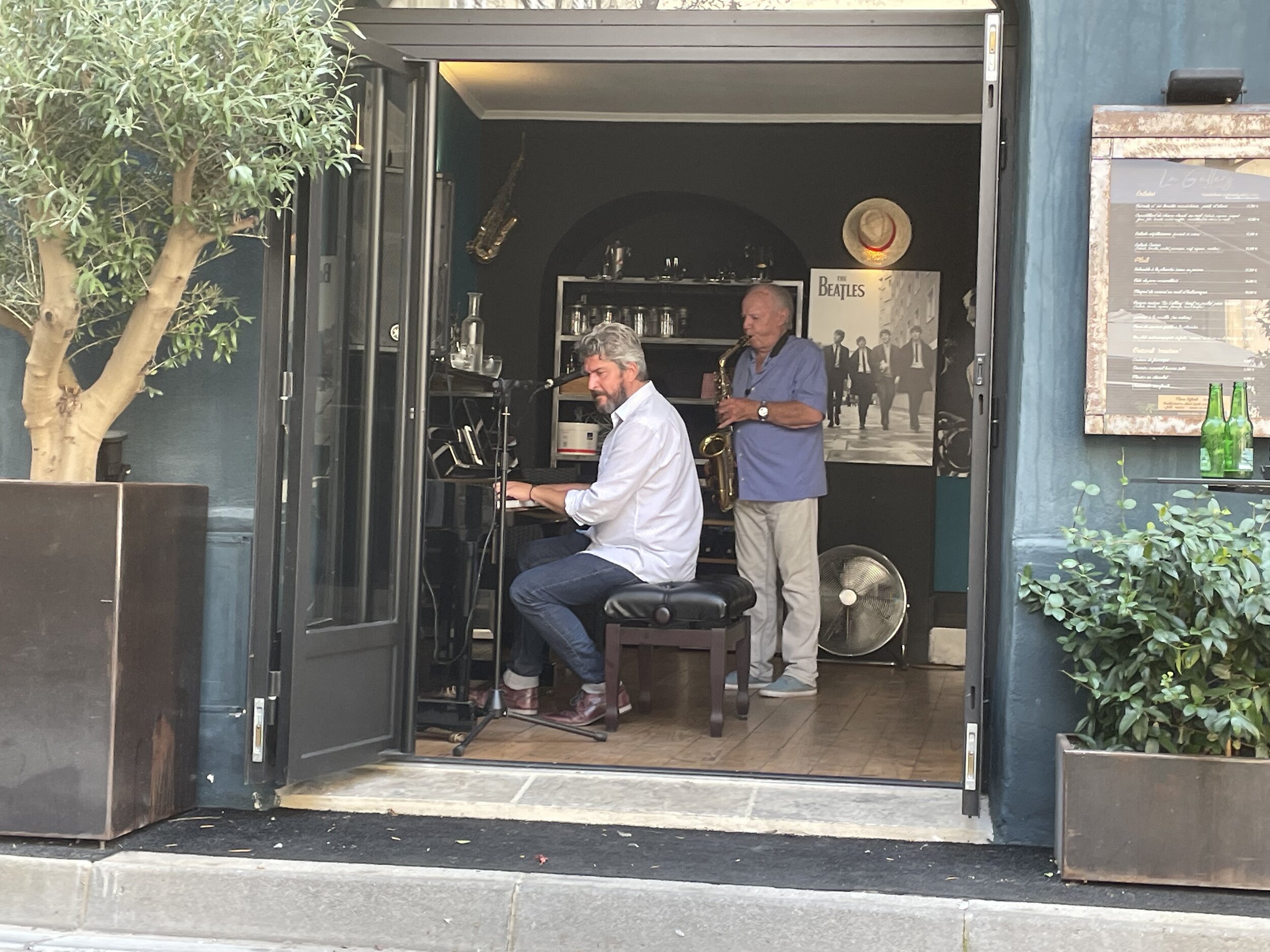When In Arles: The Greatest Offshoot of Ancient Rome
“The town could never have retained its color and quaintness had it been in any touch with modern commerce…No farmer has a desire to be anything else, or to live in any better house than the one his father lived in, or to see a larger city than Arles.”
–Willa Cather, September 16, 1902, in Europe for the first time at 28
“Somebody bury me in Arles,” was my visceral reaction on first re-experiencing the concentrated beauty and charm of this 2500-year-old town. Criss-crossed by tiny streets that spill over with traces of Ancient Rome, Arles is an explosion of antiquity and culture that has also exploded in urbanity since the last time I saw her in 2006. Initially delighted by the bounty of chic boutiques (Banyuls had been lacking in this arena), I then worried these posh shops were signs of gentrification that might have sapped the soul of Arles, one more sacred spot gone the way of homogeneity, losing in the contest between commerce and culture that can make once-distinct places feel the same.
Fortunately, and I’m not sure I’ve ever called her this, but Willa Cather was wrong. Arles has weathered its “touch with modern commerce.” All the perfectly elegant stores and cool bars were welcome accessories to the town’s thriving traditions and many forms of art. The heart of Arles is alive and well with an overt dedication to history and art that made our 48 hours there a condensed cultural high that reminded me of why I fell in love with travel in the first place, on my first trip to Europe at 16 in 1996 (which did include a quick stop in Arles!).
This time I arrived in Arles quite differently from a high-school tour, by way of an Uber after missing our train connection (forgetting we had one) in Narbonne on the short trip from Perpignan. We hopped off in haste at Baillargues, a one-horse town (or should I say one-Uber town!) between Montpellier and the sea, and were truly lucky to fire up my dusty Uber app and get a response the town’s only driver, Max, Chauffeur Privé, who had waited tables in NYC for two years after a stint as the Coach family butler in St. Bart’s for 15 years!
I can’t think of how tedious our day would have become if we hadn’t found Max. Instead, thanks to his fancy footwork through Arles’s car-width streets, he delivered us to the very door of the Nord-Pinus, our beloved (and hilariously named) hotel from our 2006 post-engagement visit. After two weeks in French territory that was all new to me, seeing its facade was the first sense memory I experienced on this trip, my first return to a place that had loomed large in my imagination and was here before me again, 15 years later in a drastically changed life, one with children and without grandparents. One still with Bret.
“There are two shabby old inns in Arles, which compete closely for your custom” said Henry James, of this hotel and its neighbor. “I forget which of these establishments I selected; whichever it was, I wished very much that had been the other.” Arles has clearly changed since 1882!
In general I love Airbnbs, but the Moroccan-inspired Nord-Pinus—which has been beautifully renovated inside since our first visit, when I recall a few too many hunting trophies for my taste—provided a welcome level of the heartfelt luxurious service for which they are known. After dropping our jaws at our 450-square foot room, twice the size of our studio in Banyuls and half that of our home in New York, I whisked Cordelia out while the boys stayed back for siesta, a custom in which they specialize.
In the span of one hour Cordelia and I came across an exquisite piece of modern dance by Evolves at the Place de la Mairie, then fell into a parade of traditional musicians. Cordelia was riveted by both experiences and couldn’t get enough of the music, which kept making me spontaneously cry. I think it was a matter of genre (bagpipes always get the best of me) and what the Arles-wide explosion of creativity signaled; culture is not dead, nor is my soul’s ability to experience youthfully dramatic emotions, one of the best reasons to travel. A wind-instrument riff on Queen’s “We Will Rock You” was more excitement than we could take, and we ran back to tell the boys what they were missing.
Aurally taking over town just before dinner service on the biggest night of the season, restaurant owners began stepping out and asking them to move it along.
The boys made up for their siesta the next day, when by noon we had visited the market, bookstores, and the 26,000-seat Roman amphitheatre from 90 AD which is still, as Willa noted, “in a much better state of preservation than the Colosseum at Rome.” After the amphitheatre we had just enough time to cash in our luck on being in Arles during the very exciting Van Gogh and Laura Owens exhibit at the Van Gogh Foundation. Posthumous collaborations are moving by nature—the living communing with the dead through art—and this pairing is particularly sweet, hitching the wagon of a well-known living female artist to the wildly famous Van Gogh, who notoriously never knew a moment of fame, nor likely peace of mind, in his dear life. Owens paid it further forward by hitching the work of an unknown artist from Van Gogh’s day, Winifred How, to her own success, papering the walls behind their paintings with variations of How’s gorgeous print designs. Taken together, it was one of the more visually stunning experiences I’ve had in a museum or gallery, with Van Gogh’s star shining ever bright.
The reason for that day’s timetable was a coveted 2 o’clock reservation at La Chassagnette, a restaurant in the Camargue, region of lavender, wild white horses, and sea salt, where Bret and I had lunched in 2006 and which had taken root in both of our memories as the best and most perfect dining experience we’d ever had—before or since. Could it possibly live up? Would the presence of the children allow it to or, as in our trip to Greece, tamper forever with sacred memories by confusing them?
Pulling back up to La Chassagnette, tears of recognition sprang again to my eyes, and it quickly became clear that this meal would be only better with children. From arrival they bounded around the Eden that surrounds—that IS—the restaurant, picking up fallen figs and loose pears and pointing out exotic-to-us growing things from every sprig in sight. We took our seats at a large wooden table in a yard of quiet cailloux, small pale stones, and began a four-hour unfolding of small light and bright portions, each of which started somewhere in the garden that day. See Bret’s food photography of our meal here.
In our exchange of toasts, Cordelia made us all tear up with a beautifully delivered tribute to “the best mother, father, and brother.” This lunch had brought out the better angels even in her!
Still floating upon returning to Arles after lunch—may everyone have such a life-affirming dining experience—I ventured back out alone while all three family members took a siesta and ran into an author signing of especially pretty books on the steps of our hotel. With Willa Cather and Henry James keeping me company via their own travelogues, Willa Cather in Europe and Henry James’s A Little Tour of France, I had been feeling especially literary, so to meet an author with his editor and get into a French-expanding conversation about their work as well as my background and interests was another gem in the crown of this halcyon day.
My new friends at Portaparole books, a beautifully produced range of works. Meet author Pierre Mainguy (great name!), who wrote a mystery, “Arles, féria tragique,” surrounding an incident at our hotel and editor Emilia Aru.
After deliberating my choice of books, with my suitcase library growing, we said our good-byes with a not-too-thin interest in staying in touch. I continued on my intended wander, soon stumbling onto La Gallery Bistro, a jazz restaurant that wouldn’t let me sit without ordering food. I kept exploring until the family rang me, upon which I suggested meeting for the second set of jazz. By the time Bret and the kids strolled up, the pianist was wailing wonderfully away, possessed of a voice somewhere between Leonard Cohen and Billy Joel. He ended too soon and we sent him a drink, hoping for an encore. When he came to thank us we heard his road-less-traveled story and mentioned that our children seem to love piano, too. He invited them to cameo at the next day’s “jazz brunch,” if we could make it before leaving town.
When we got back to the hotel, the children practiced on a keyboard we had noticed in the lobby, the staff flocking to hear them—music, the world’s most magnetic force. Still selling books, the editor I’d met came in to covertly gift the children a title I hadn’t taken before stealing away. She wrote this inscription: “To Cordelia and William, these Songs of Small Mice to thank the young pianists for a magnificent concert at the Nord-Pinus.”
The next morning we visited the inside of the amphitheatre as the line had been too long the previous day, then packed furiously before shuttling the increasingly nervous kids, namely William, to his recital. They withstood waiting, performance’s greatest anxiety, while I withstood repeated debates over who would go first, William getting increasingly nervous as the lunch crowd grew. Finally our singer friend paused for his break and invited the kids to play “in a few minutes” before he resumed. William went first, belting out 30 seconds of music in 15, having a genuine fit of nerves but not backing down, before disappearing from sight. Cordelia, still in life’s more fearless years, played two leisurely pieces, lapping her audience up.
The remarkable 83-year-old saxophonist who sometimes accompanies our “host” spent some time speaking to me afterward (when I really needed to finish packing!), noting that I seemed to like jazz, then asking if I sing. I said you know, I do, I’ve been learning a little “later in life,” at which the older man endearingly scoffed. Getting nervous myself that he’d push me on stage, something I always both fear and want, I downplayed my interest when he asked what kind of music I sing, gesturing to my Bob Dylan journal and saying, “Oh you know, Bobe Dyleen, mostly folk music.” “C’est pas du jazz,” he said, and I said no, but okay, yes I’m also interested in Judy Garland and musical theatre classics, stopping short of letting him know I have some Piaf and “La Mer” (“Beyond the Sea,” originally a French tune). Sheepish and inspired, I realized that in the same breath I’d pushed my own children to surmount their fears, it’s clear that I am still a child of music who must surmount my own. Next year, I sing.
“I had been to Arles before, years ago, and it seemed to me that I remembered finding on the banks of the stream some sort of picture. I think that on the evening of which I speak there was a watery moon, which it seemed to me would light up the past as well as the present. But I found no picture, and I scarcely found the Rhone at all. I lost my way, and there was not a creature in the streets to whom I could appeal…It was not what I had looked for; what I had looked for was in the irrecoverable past.”
—–Henry James, A Little Tour in France, 1882
“In the south it seems quite as though the living tie between France and her mother country had never been cut…A wonderful liking the Romans had for the Gothic soil they had subdued; they liked the climate, the wines, the remoteness from the turbulent political strife of Italy. They made a continual effort to recall Italy in the architecture, dress, and social life of their colony. They called Arelate the ‘Gallic Rome,’ and adorned her with theatres and baths and a forum, just as the cities of the French provinces copy Paris today. These colonists had a sort of Chicago-like vehemence in adorning their city and making it ostentatiously rich.”
—Willa
“Besides being shepherds and farmers, almost every Provençal is a poet. The gallery of the portraits of native poets represents several hundred, and the unpublished rhymesters are of course even more numerous. They make songs as they make wine down in this country; it grows up from this old red soil that bred the first troubadours ages since, it distills from the pines, it breaks from the red grapes. Boys come into some knack of song-making as they come into long trousers…the shepherds make songs in the mountains as they watch their flocks at night, the grandfather sings by the fire on winter nights the songs he made in his youth, and the grandson sings to some Arlésienne the song he made yesterday.”
—And more Willa




